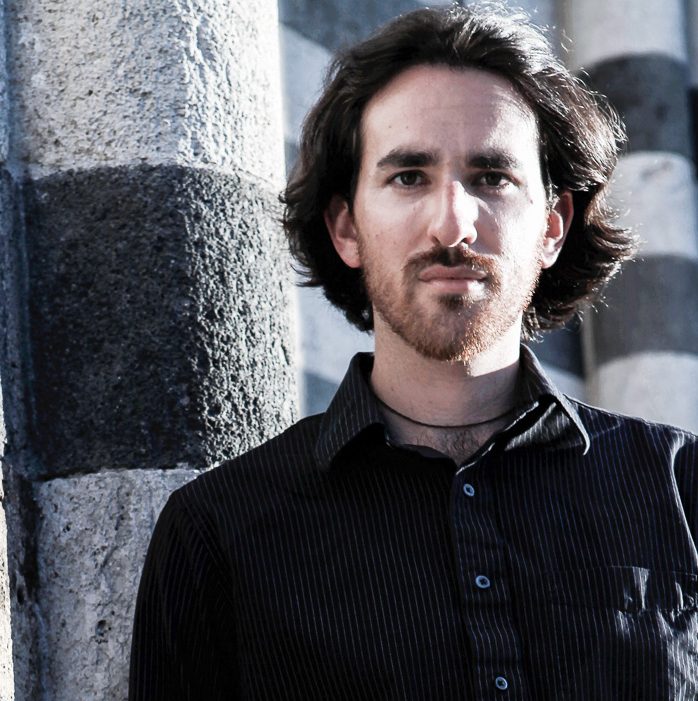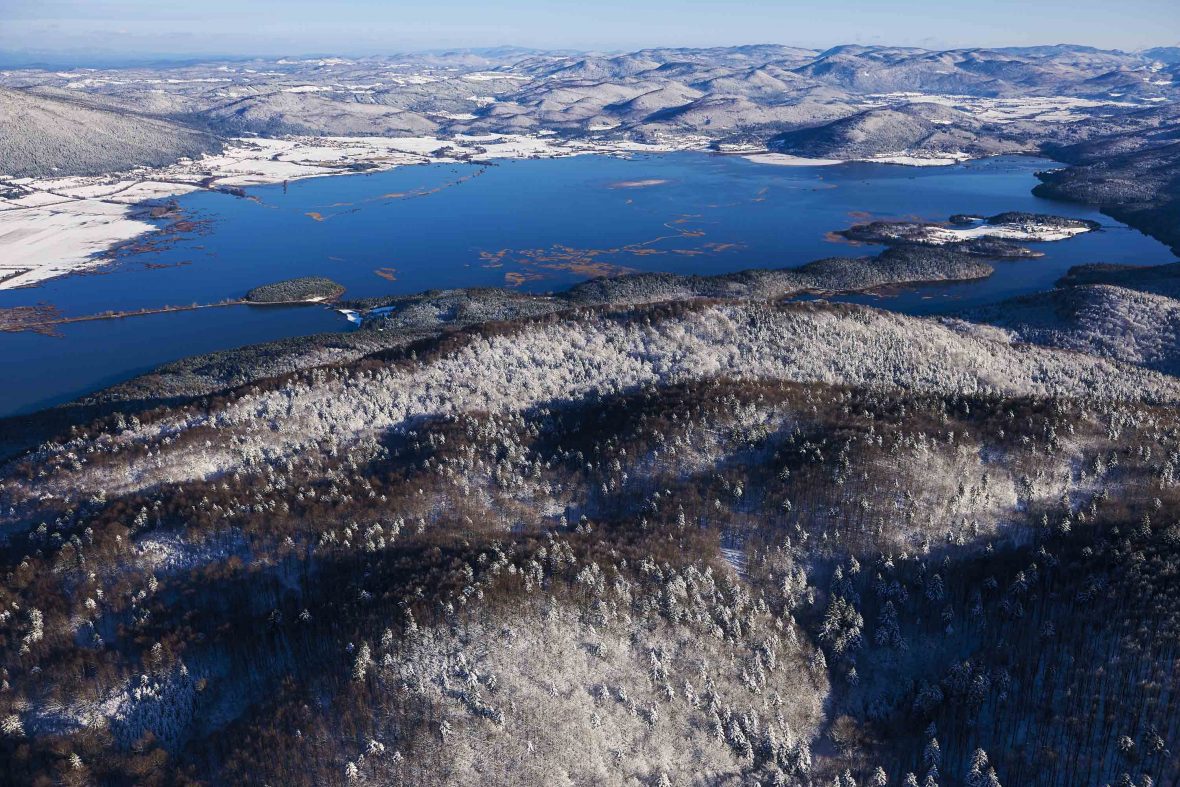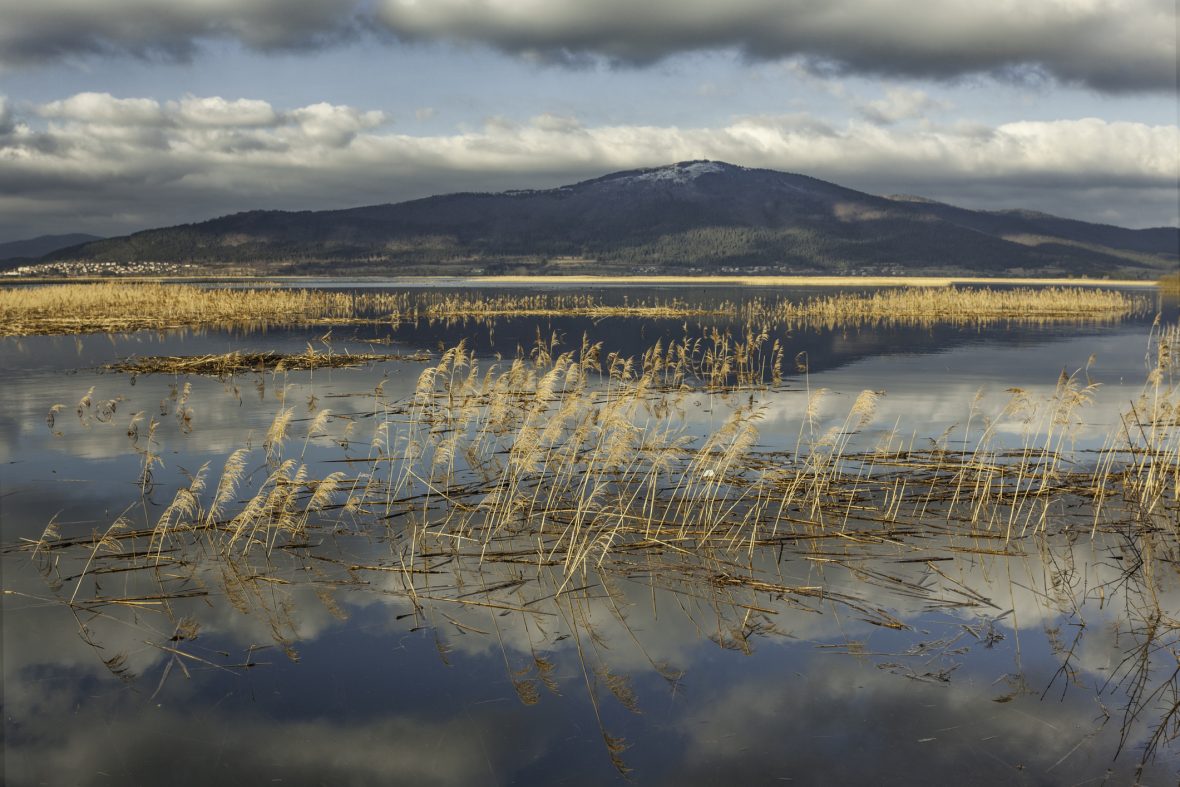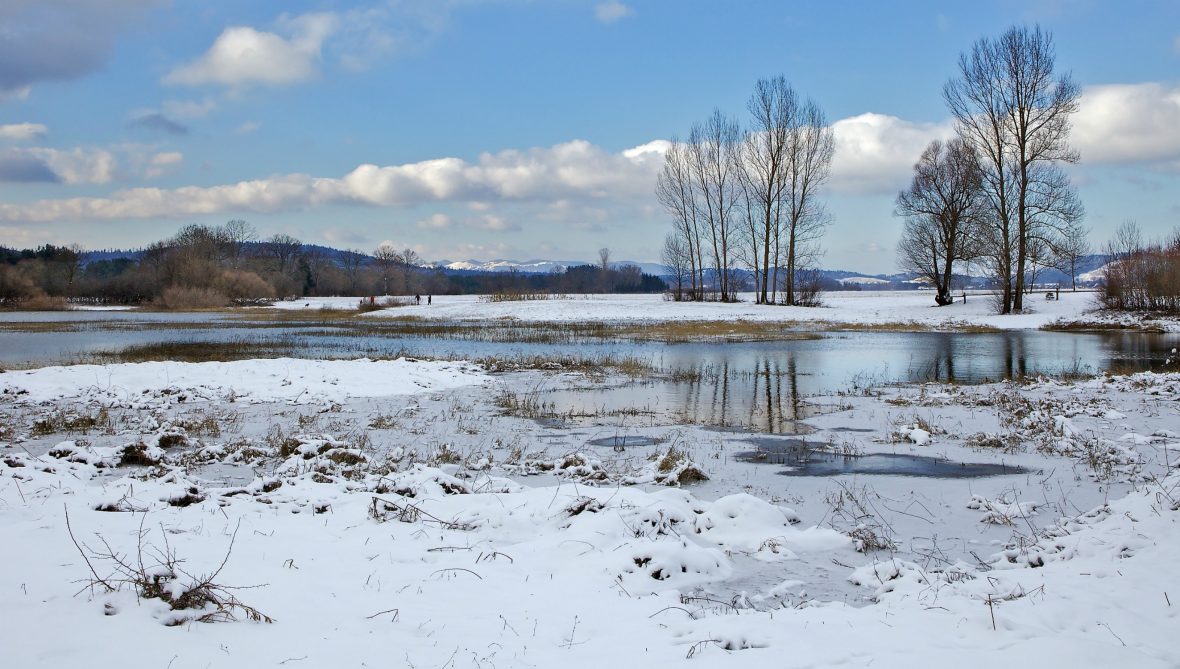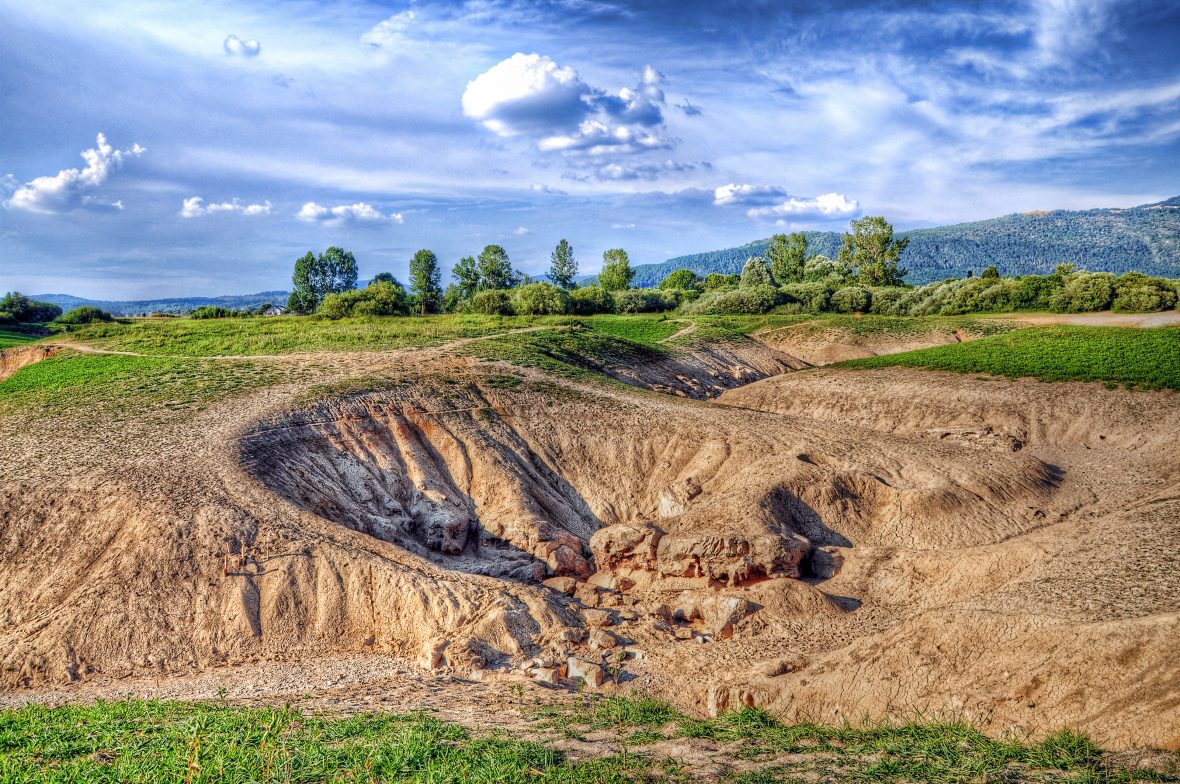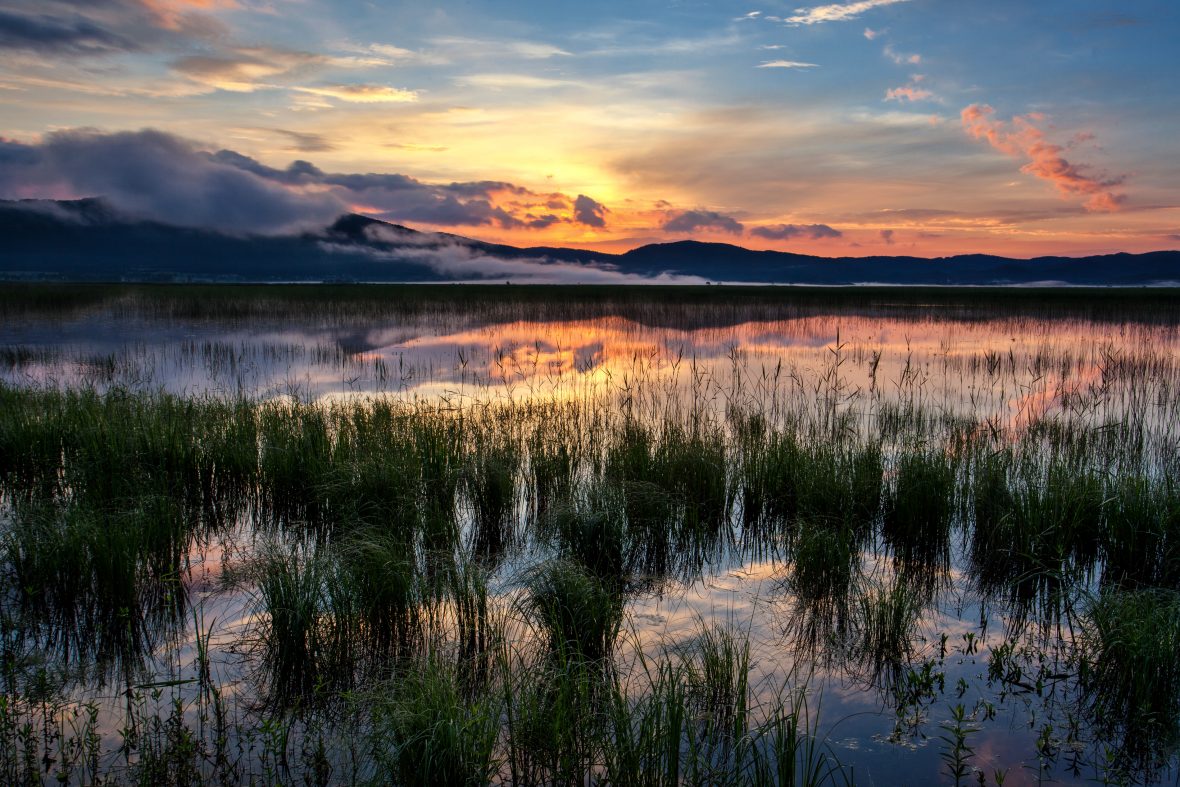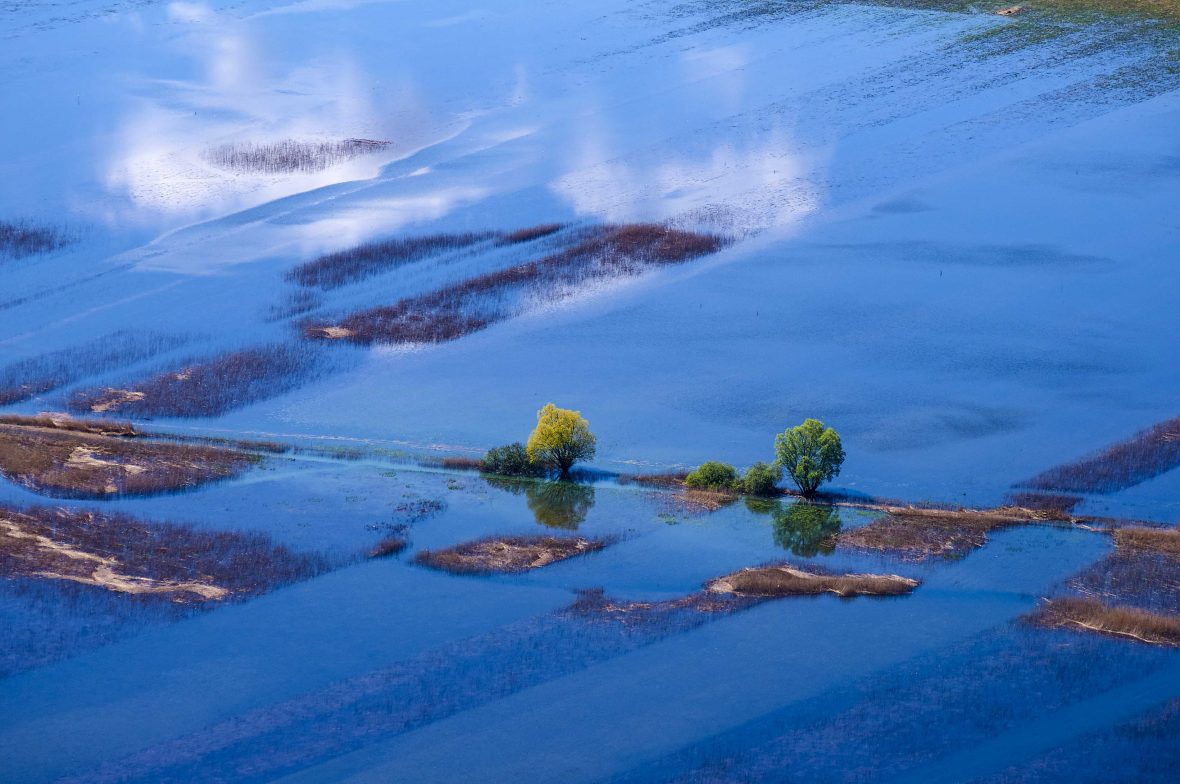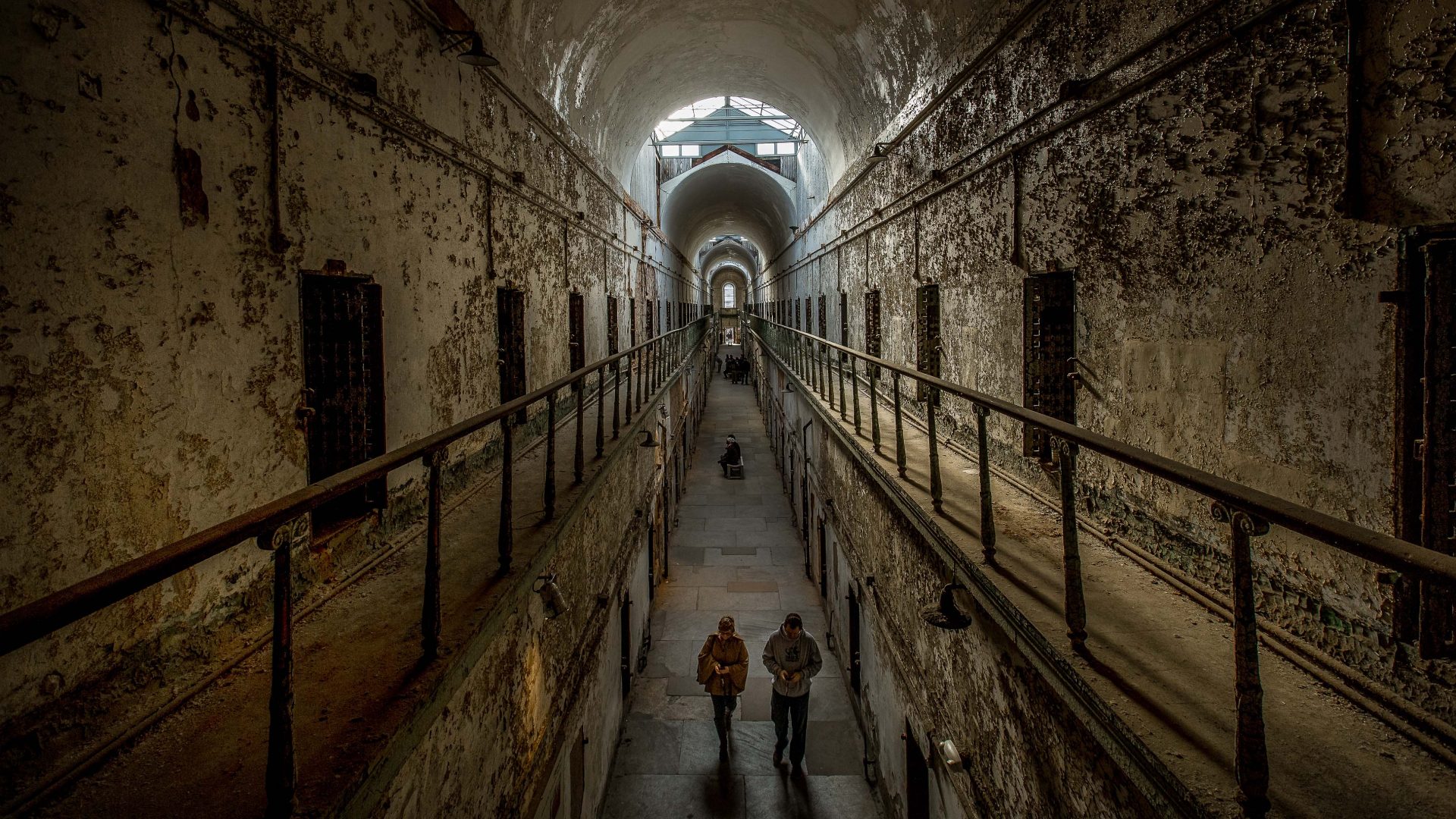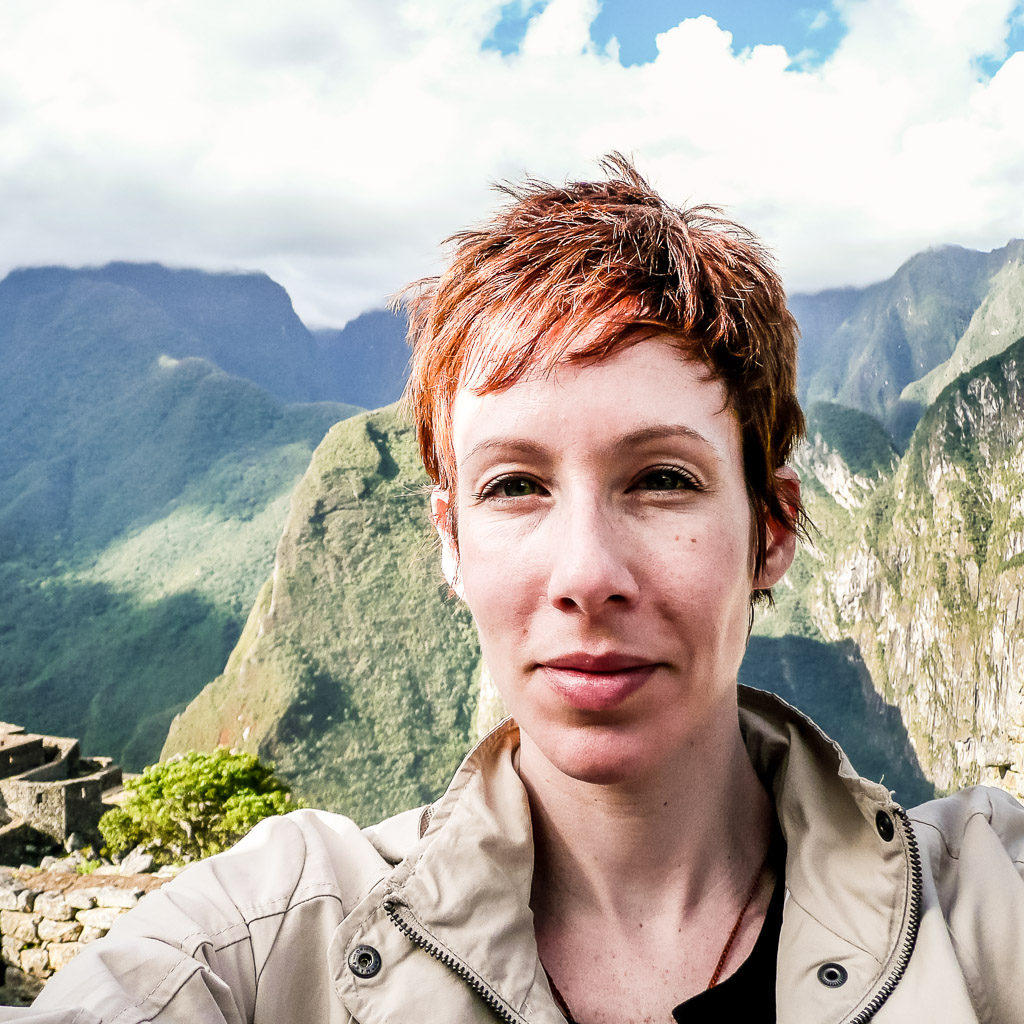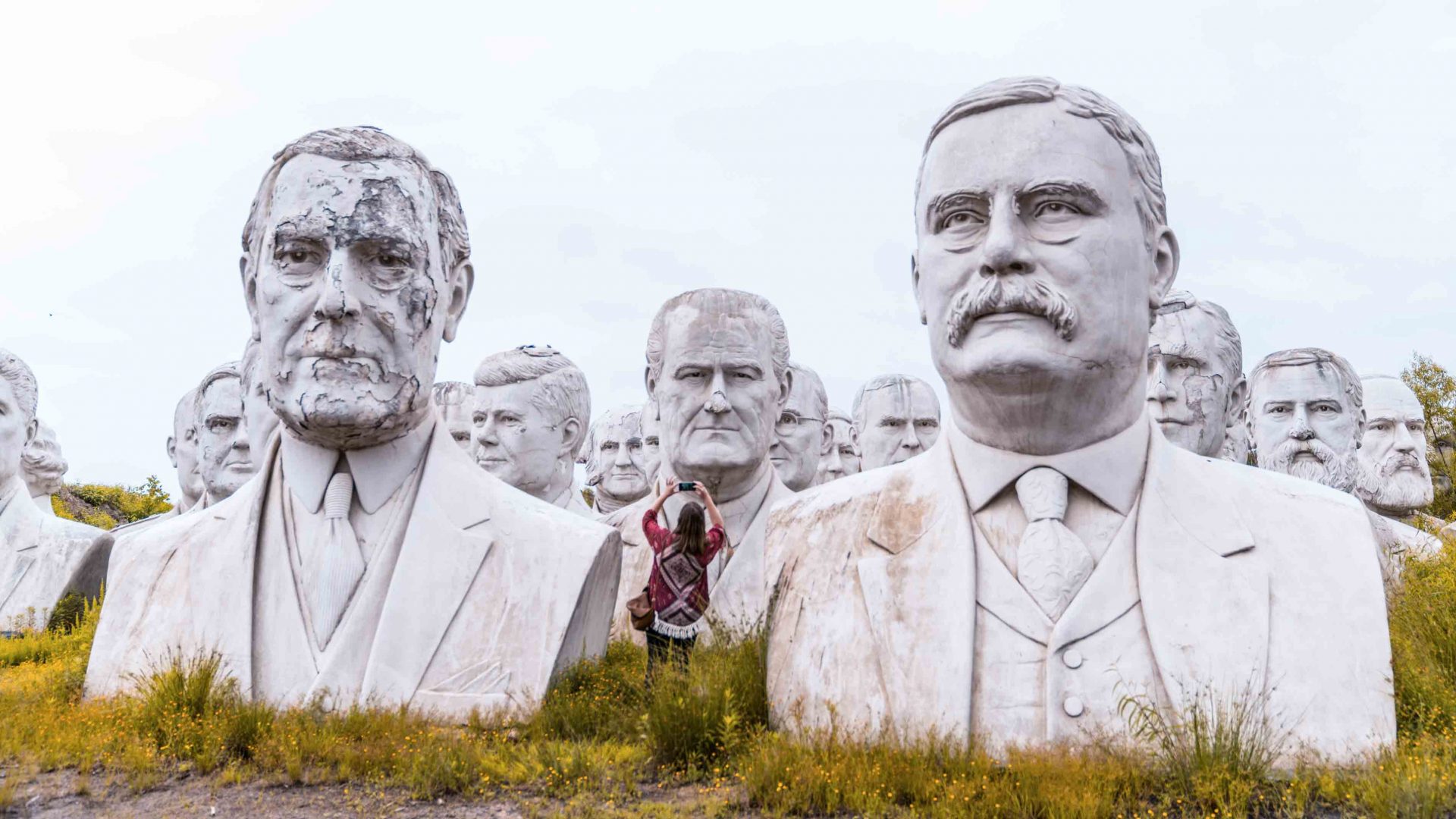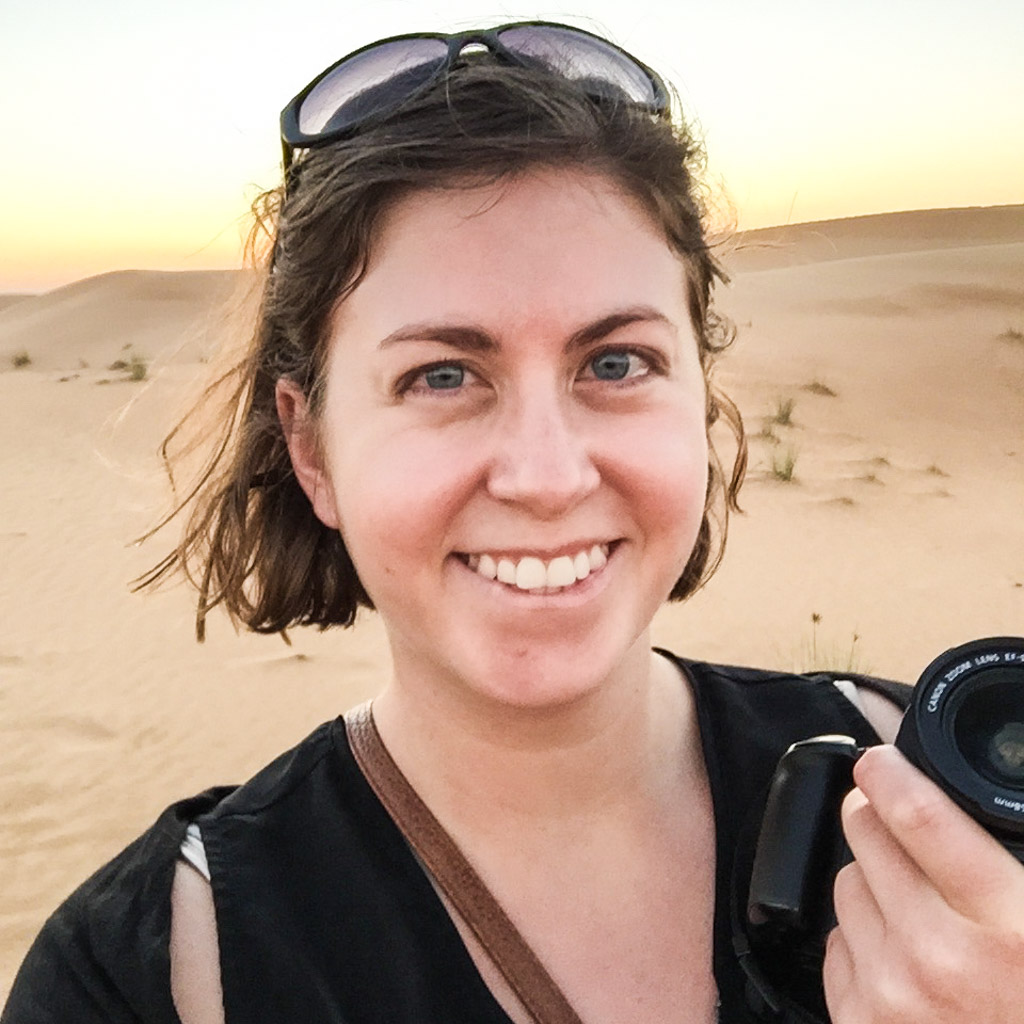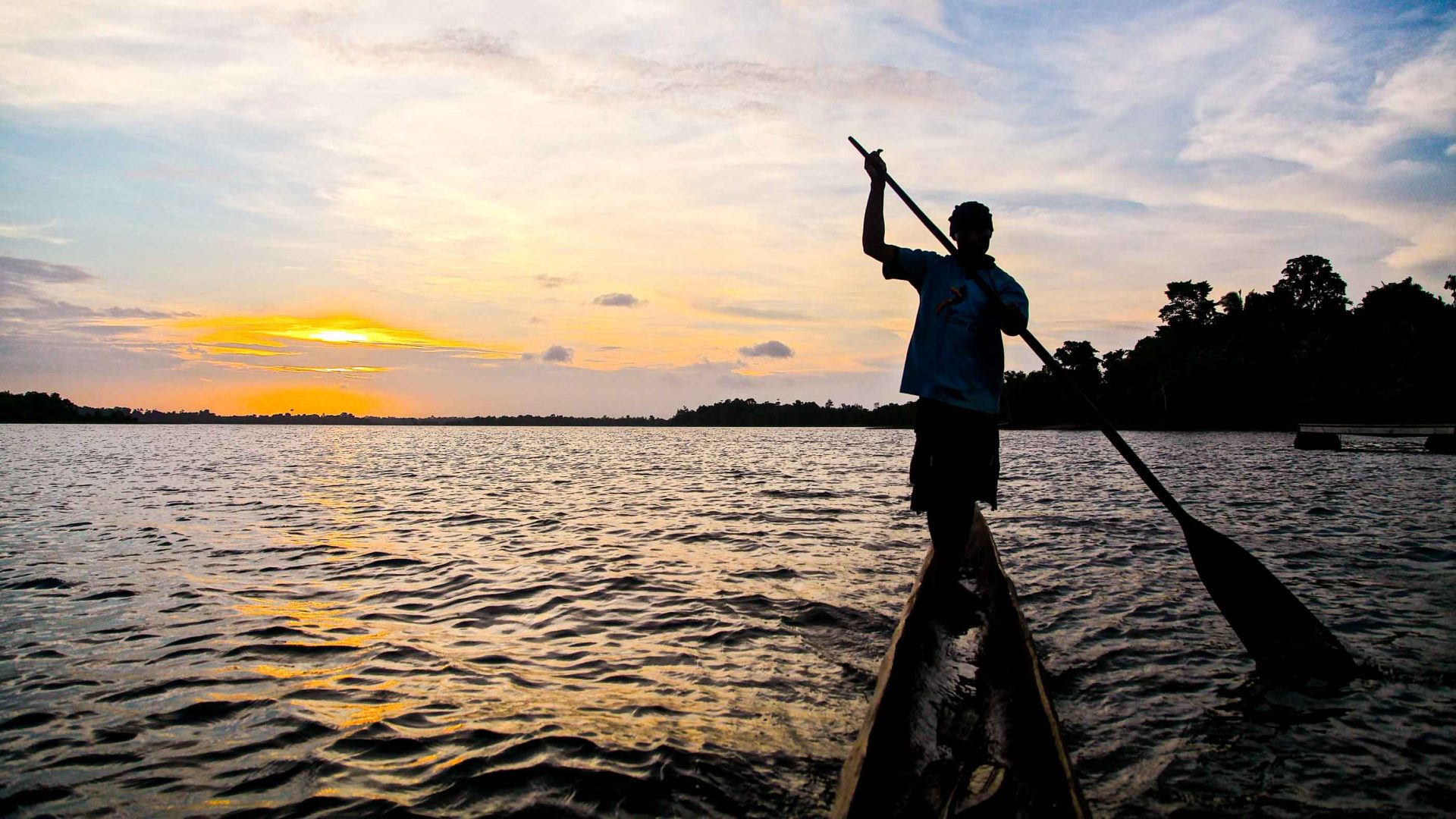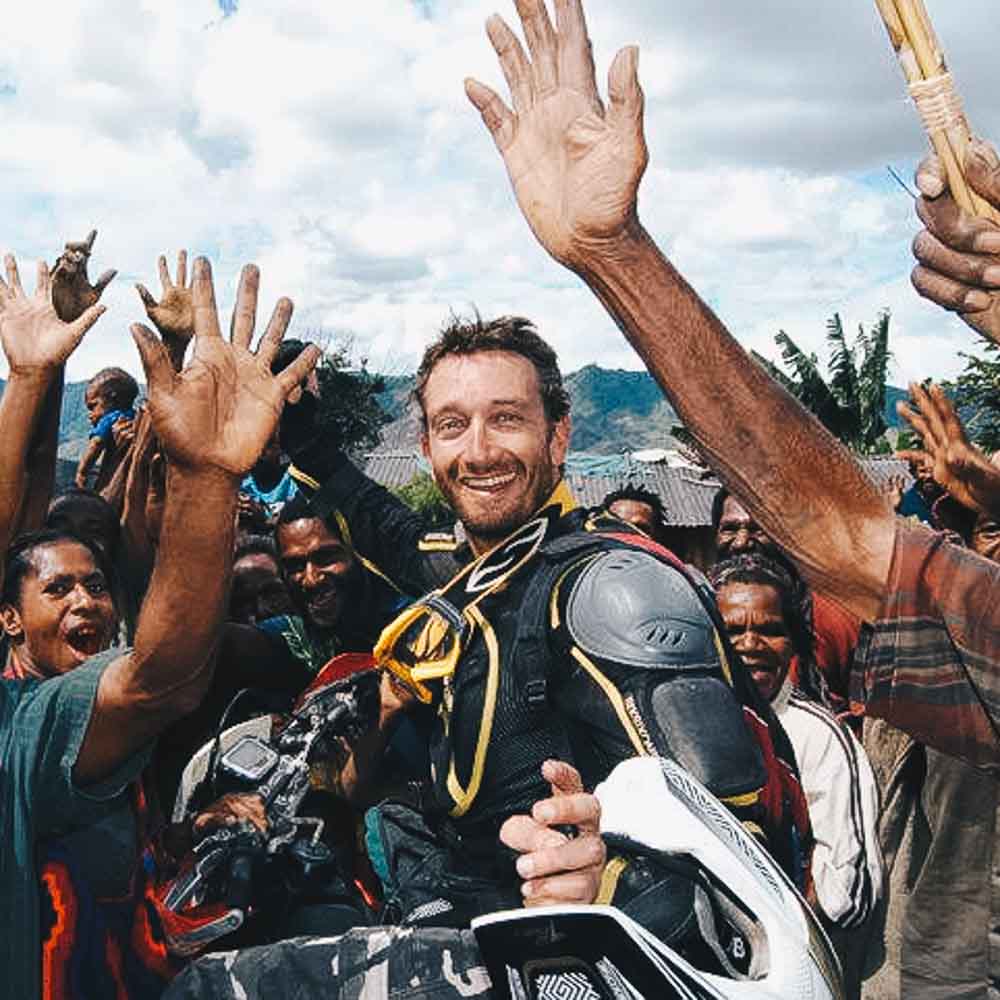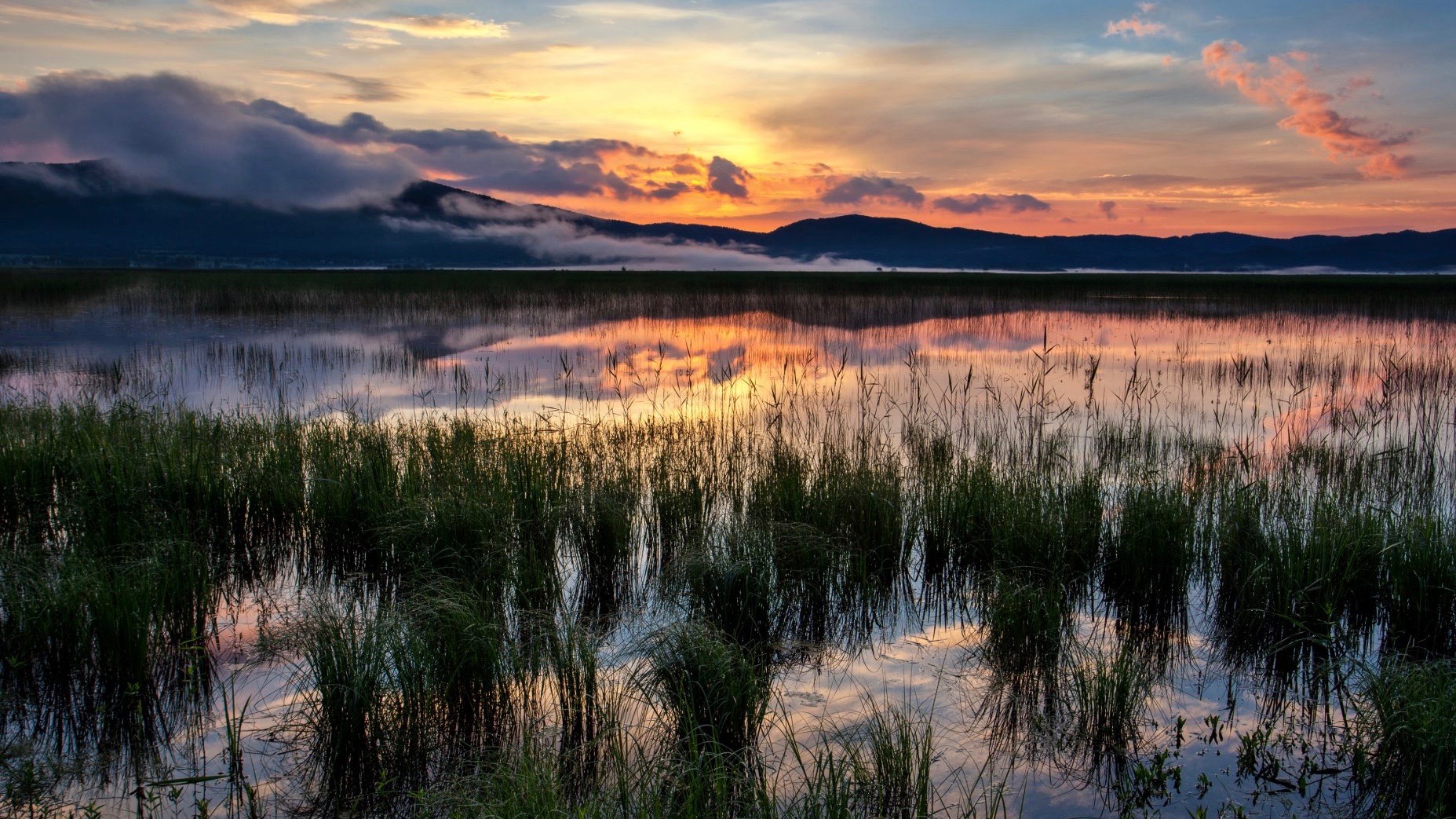
Depending on when you plan your trip, Lake Cerknica may, or may not, be there for you to visit. The secrets of Europe’s ‘disappearing lake’ tell the story of a brilliant baron and an ongoing wrestling match between science and the supernatural. Dr. Noah Charney uncovers the mystery in his adopted homeland of Slovenia.
Take in the view from Slivnica Mountain in springtime: A vast lake stretches before you, the air fresh from the still-snow-capped Alps on the horizon. The water covers some 26 square km (10 square miles), with an average depth of 6 m (20 ft)—it’s by far the largest lake in Slovenia.
But now stand in the same spot on the mountain that, legend tells us, was once the Halloween meeting place of witches led by a hag named Ursula. With that spring holiday in mind, you might think you’ve seen a phantom, or an illusionist’s trick. For that vast lake has disappeared. What was once Lake Cernkica (pronounced tz-air-k-nee-tzah) is now Cerknica plain, a terrain of wildflowers and grazing cows.
